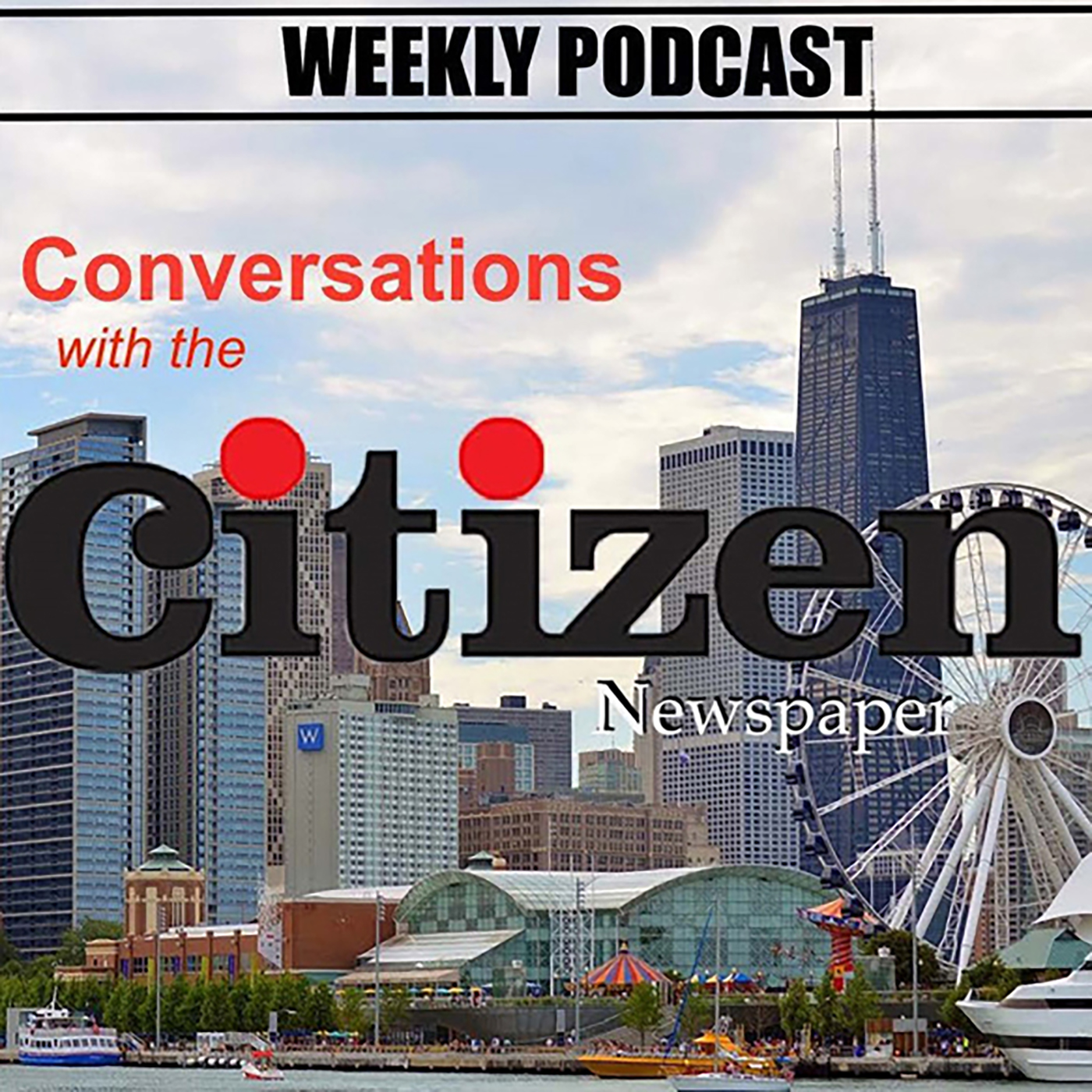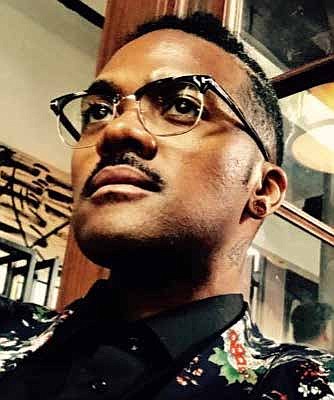Woodlawn Central Plan is to create cultural destinations
J. Byron Brazier, creator of the 2060 Plan and Woodlawn Central Master Plan, looks to use the parking lots of Apostolic Church of God, located at 6320 S. Dorchester and reimagine them as cultural destinations. Photos provided by Deborah Farmer
The Woodlawn Central Master Plan was derived from the One Network of Woodlawn Master Plan that was created as part of a 2060 Plan. It was approved by the City of Chicago’s Planning Commission and the Department of Planning and Development.
The mission of the plan is to establish the community’s cultural identity. The project is perceived to cost $300-$600 million.
The plan speaks to the creative and cultural contributions of Black people, with a focus on language, food, garb, music and worship.
Part of the plan looks to take the schools that were closed down during the Rahm Emanuel administration and reimagine them as cultural destinations, turning them into districts that would include performing arts, agriculture, technology, visual arts and retails. Those pieces would serve as foundations, with mixed-use walkability that would connect those locations, from Stony Island to State Street, 61st Street to South Chicago Avenue.
In 2020, Brazier introduced the 40-year plan. He took the billion-dollar plan to Dr. Byron Brazier, Pastor of Apostolic Church of God. Brazier’s idea was to take the church’s campus and use it as a catalyst and a mini version of the 2060 Plan, with cultural destinations on the church’s campus, which encompasses 17 acres. The church board, congregation and Dr. Brazier are in support of the plan. The plan would use all of the church’s parking lots and a parking structure would be built to support the ongoing viability of the church.
The campus would include a technology and innovation site, black box theater, vertical farming, visual arts and retail, with shops and eateries, as well as other cultural aspects.
“The one thing that we do understand is that the only way to build the Black community is from the inside out. No one has the unique understanding than we do of our own culture, our own challenges, and how to create solutions, that are on a high level, so that any of the big firms could understand, from a planning aspect, this is what we’re looking at as a vision,” Brazier said.
The church’s campus sits close to transit and the upcoming Obama Presidential Center, parks and Lake Michigan.
The goal is not just to build out the Woodlawn community, but to serve as a model for all of the “Woodlawns” that exist across the country.
Brazier has received great responses from all of the plan’s municipal partners. He believes the plan will lead to a true transformation of the community, which has suffered from disenfranchisement – economically, environmentally and socially. Residents, once they saw the visual renderings of the plan, were able to understand the plan was more than grocery stores and affordable housing.
“What a community needs is two things: One, better education and an economic development plan. If you consider what does a good community have, there are four measurements of a good or poor community. One is if you have high education, and a high economic development, you will tend to low safety needs and low human service needs. If you have low education and low an economic development, you will have high safety needs and high human service needs,” he said. “This development is to support the cultural development for jobs, for a place to economically grow a community.”
Latest Stories
- ISBE and Lurie Children’s Launch Free, Data-Informed Resilience-Supportive Schools Illinois Initiative to Strengthen Student Mental Health and Resilience in All Schools
- Alzheimer’s Association Illinois Chapter Strengthens Commitment to Health Equity Through Diversity and Inclusion Initiatives
- Actress Draws From Life Experiences For Music And Acting Preparation
- Former Journalist’s Fragrance Company Promotes Self Care
- Doctors Provide Information About Resources For Women Experiencing Menopause
Latest Podcast
STARR Community Services International, Inc.

